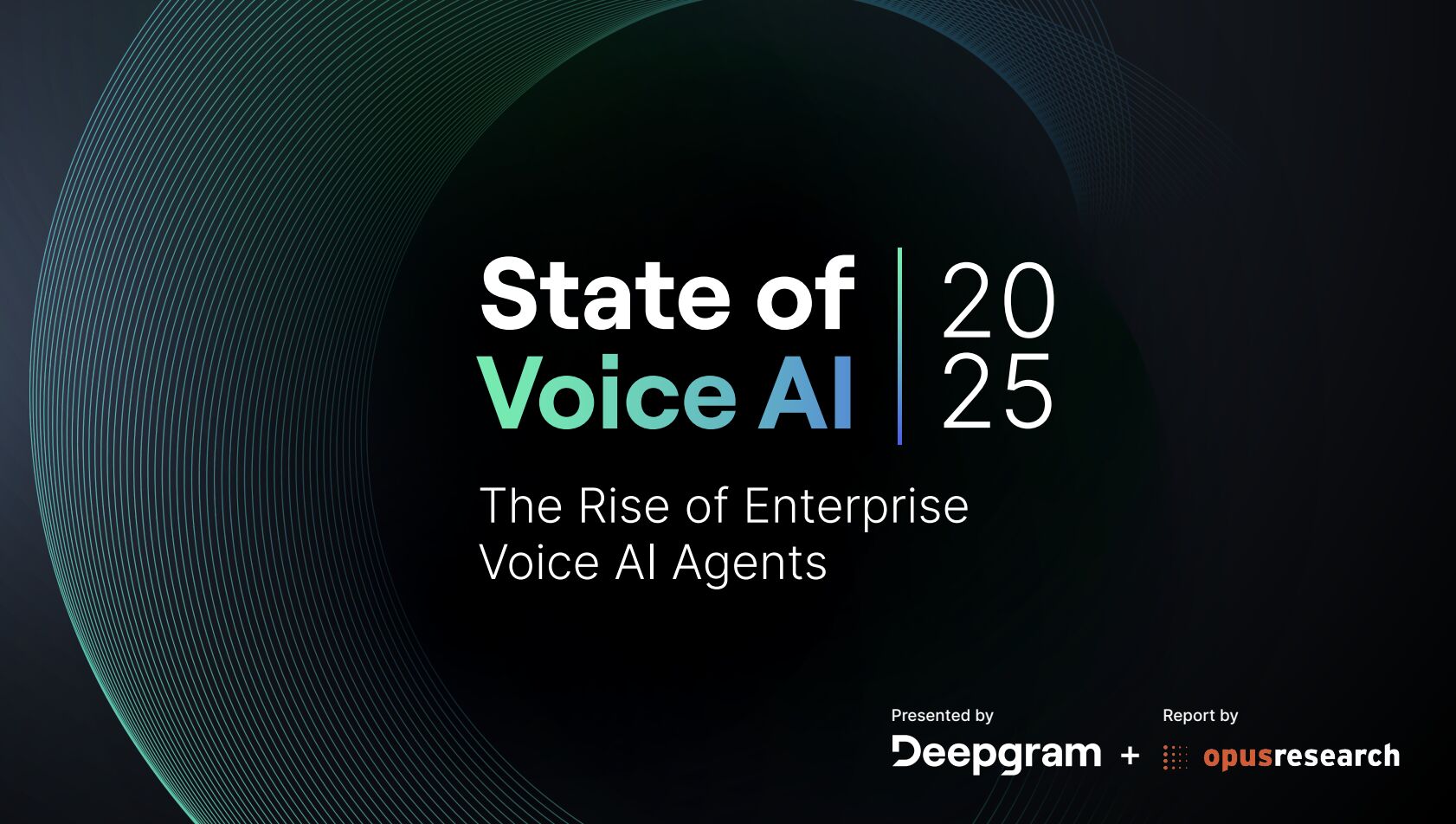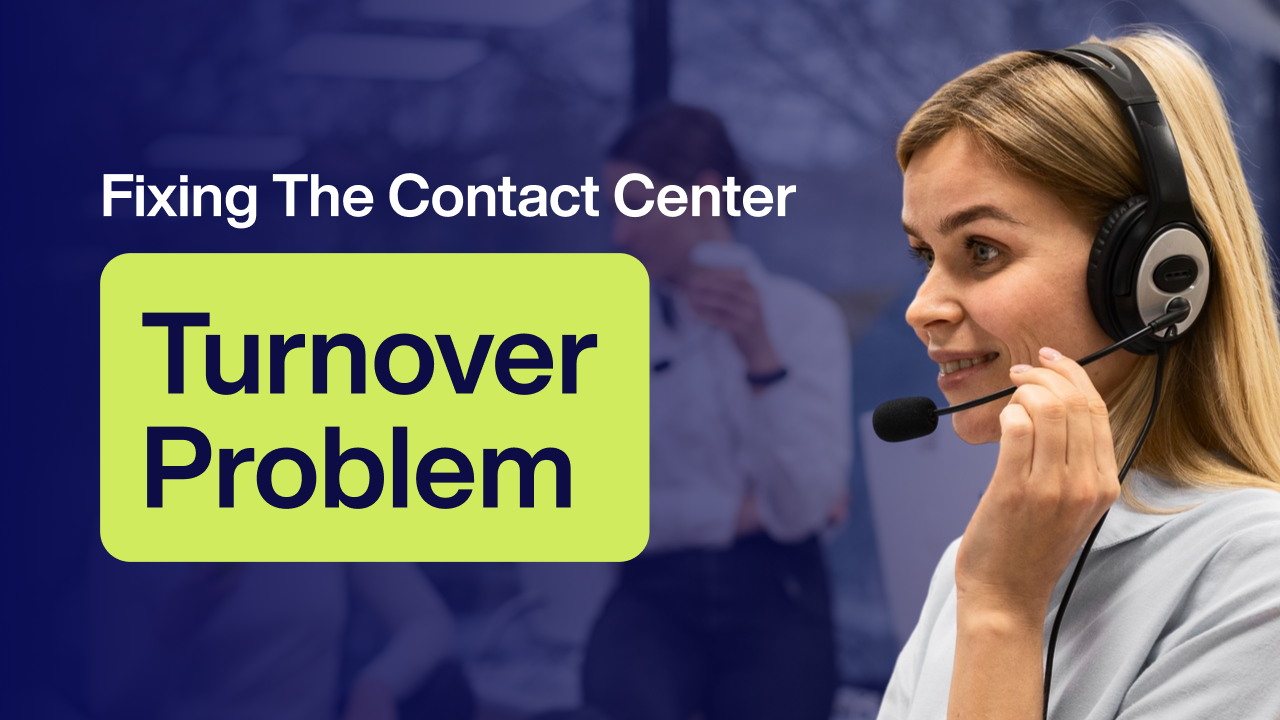Choosing the Right Contact Center Technology Stack for Your Industry
.png)
Industry Context Changes Everything
Contact center technology vendors love universal solutions, promising seamless operation across healthcare, financial services, retail, and manufacturing. But industry-specific requirements fundamentally change what makes technology effective.
The challenge isn't finding good technology—it's finding technology that matches your industry's operational reality, regulatory environment, and customer interaction patterns.
Industry-Specific Requirements
Different industries have dramatically different contact center needs that generic platforms often miss.
Healthcare Operations face strict HIPAA requirements affecting every technology decision. Call recording needs encryption and access controls. Integration with Electronic Health Records becomes essential for patient representatives accessing appointment schedules, insurance information, and medical history.
Financial Services operate under complex regulatory oversight requiring real-time compliance monitoring, detailed audit trails, and automated regulatory disclosures. Integration with core banking systems and fraud detection platforms becomes critical for customer authentication and account management.
Manufacturing and B2B need technology handling technical documentation, complex order tracking across supply chains, and multi-stakeholder communications involving engineers, procurement teams, and field service coordination.
Retail Operations require platforms optimized for high-volume interactions, seasonal scaling, and integration with inventory management and shipping systems, focusing on speed and efficiency rather than relationship building.
The Integration Reality
Most contact center failures happen at integration points. Platforms may offer impressive standalone features, but if they can't connect properly with industry-specific systems, those features become obstacles.
Healthcare organizations need seamless EMR integration, insurance verification platforms, and appointment scheduling tools. Financial institutions require real-time connections to core banking systems and regulatory reporting tools. Manufacturing companies need access to technical documentation databases, warranty systems, and field service management platforms.
Technology Architecture by Industry
Smart organizations align their technology stack with their industry's interaction patterns.
High-Volume Transactional Industries benefit from platforms emphasizing AI automation, self-service capabilities, and rapid agent tools. These environments prioritize scalability and integration with inventory, billing, and service status systems.
Relationship-Driven Industries need platforms preserving customer context across interactions, supporting complex workflows, and including compliance features built into core architecture.
Technical Support Industries require robust knowledge management systems, screen sharing capabilities, and escalation workflows that preserve technical context throughout support processes.
Regulatory Compliance Impact
Industry regulations significantly impact technology requirements. Financial services platforms must support state-specific banking regulations, requiring AI systems with geographic awareness. Healthcare technology must handle HIPAA requirements extending beyond basic security to include audit logging and access controls. Manufacturing often needs quality management system integration for FDA or ISO compliance.
Evaluation Best Practices
Effective evaluations focus on actual industry use cases rather than generic demonstrations. Test platforms using real scenarios from your industry. Require specific demonstrations of regulatory compliance features. Validate integration capabilities with existing industry-specific systems before making commitments.
Strategic Selection
Successful contact center technology selection balances industry requirements with business objectives and customer expectations. The goal isn't finding the most advanced platform, it's finding the platform that best enables your industry-specific customer service delivery.
Ready to evaluate contact center technology matching your industry requirements? EGS helps organizations navigate industry-specific contact center technology selection.

No Spam —
Just Good Stuff.
Join our newsletter for actionable advice, insider knowledge, and strategies that drive real results.
No fluff, just value.
.png)
%20(1).png)
From The Blog
Read All Articles
Hybrid AI in Banking: Handling Complex Service Without Losing the Human Touch

Hybrid AI for Financial Services: Solving Complex Service Without Losing the Human Touch

How Hybrid AI Reduces Patient No-Shows and Scheduler Burnout

Hybrid AI That Actually Moves the Needle in Healthcare RCM

How AI-Human Collaboration Elevates Quality Assurance on the Factory Floor

Why Nearshore Hybrid BPOs Outperform Offshore Automation Centers

How Hybrid AI Voice Bots Elevate CX and Make Agents Unstoppable

AI‑Human Hybrid Support That Elevates Fraud Detection and Compliance

How Hybrid AI Streamlines Healthcare Revenue Cycle—Without Losing the Human Touch

AI-human hybrid quality assurance for supply chain accuracy

Why Nearshore Hybrid BPOs Outperform Offshore Automation Centers

AI + Human QA on the Line: How Hybrid Teams Raise Manufacturing Quality

Why Nearshore Hybrid BPOs Outperform Offshore Automation Centers

How AI-Human Collaboration Elevates Quality Assurance in Modern Manufacturing

Hybrid AI That Keeps Schedules Full: Reducing Patient No‑Shows and Burnout

Why Nearshore Hybrid BPOs Outperform Offshore Automation Centers

Hybrid AI That Quietly Fixes Healthcare RCM—Starting With the Schedule

How AI-Human Collaboration Raises the Bar on Manufacturing Quality Assurance

How Hybrid AI Tackles the Toughest Banking Service Moments

AI + Human QA: How Hybrid Teams Catch Defects Early and Strengthen Audits

How Hybrid AI Cuts Churn in Telecom and Retail—Without Losing the Human Touch

Hybrid AI for Financial Services: Faster Resolution, Stronger Compliance, Human-Centered Support

Hybrid AI That Fills Schedules and Eases Burnout: Reducing Patient No-Shows in Healthcare

Hybrid AI-human support that strengthens fraud detection and compliance—without breaking customer trust

AI + Humans: Elevating Quality Assurance on the Factory Floor

AI-human hybrid quality assurance for supply chain accuracy

Hybrid AI That Keeps Schedules Full—and Clinicians Fresh

AI-Human Hybrid Support: Stronger Fraud Detection and Compliance at the Contact Center

Why Nearshore Hybrid BPOs Outperform Offshore Automation Centers

From Empty Slots to Full Days: Hybrid AI Scheduling That Reduces Burnout

From No‑Shows to Full Days: Hybrid AI That Fixes Provider Schedules Without Burning Out Staff

From Empty Slots to Full Schedules: Hybrid AI That Boosts Access and Reduces Burnout

Stop the Scheduling Spiral: Hybrid AI That Fills Schedules Without Burning Out Providers

Stop Empty Slots from Fueling Burnout: Hybrid AI-Human Scheduling for Health Systems

From Empty Slots to Full Days: Hybrid AI Scheduling for Health Systems

From Hold Music to Full Schedules: Hybrid AI That Lifts Provider Productivity Without Burning Out Staff

Stop the Scheduling Whiplash: Hybrid AI That Fills Last‑Minute Openings Without Burning Out Your Staff
.png)
Stop the Scheduling Spiral: How Hybrid AI Keeps Providers Productive and Patients Seen
.png)
AI & Financial Services: Where Compliance Meets Conversation

E-commerce's Hybrid AI Advantages: From Order Status to Complicated Returns
.png)
Customer Service & Experience East 2025 (Reuters Events)
.png)
NACHC’s Workforce Conference (formerly FOM/IT)
.png)
Healthcare's AI-Human Sweet Spot: When Empathy Meets Efficiency
.png)
Order Management Support: Where AI Excels & Where It Fails
.png)
Customer Success vs. Customer Support: When to Use AI vs. Human Touch

687% Increase in Referral Processing in 6 Months: How One Healthcare Organization Turned Its Patient Support Around

5 Warning Signs Your Medical Referral Process Needs Immediate Attention

AI‑Powered Healthcare Contact Centers: What CX Leaders Need to Know

AI‑Powered Healthcare Contact Centers: What You Need to Know

Healthcare Contact Centers: What Others Are Just Diagnosing, EGS Has Already Solved

Real-Life Use Cases of Contact Center Automation for Cost Reduction

5 Proven Use Cases of Contact Center Automation That Cut Costs by Up to 30%

How Leading Companies Are Reducing Support Costs and Boosting Customer Satisfaction with AI

Real-Life Use Cases of Contact Center Automation for Cost Reduction

Unlocking Efficiency, Speed, and Patient Satisfaction through AI

How Healthcare Leaders Can Leverage AI to Transform Customer Experience (CX)

FQHC-Led Medicaid ACO Innovation: How Illinois is Reinventing Community Care through Value-Based Models

Expanding Access to Mental Health: How Telebehavioral Health Is Transforming Care in Frontier Idaho

Idaho’s Medicaid Expansion: Fueling Growth and Stability in Community Health Centers

Integrating Native Hawaiian Healing Practices: A Cultural Shift in Community Healthcare

Connecting Islands Through Telehealth: How Hawaii’s FQHCs Are Breaking Barriers with Virtual Care

How EGS Leverages Extensible, Integrated Technology to Simplify Health Systems

Addressing Georgia's Maternal Health Crisis: How FQHCs Are Leading the Way




















.png)


.png)
.png)
.png)
.png)
.png)
.png)
.png)
.png)
.png)
.png)



